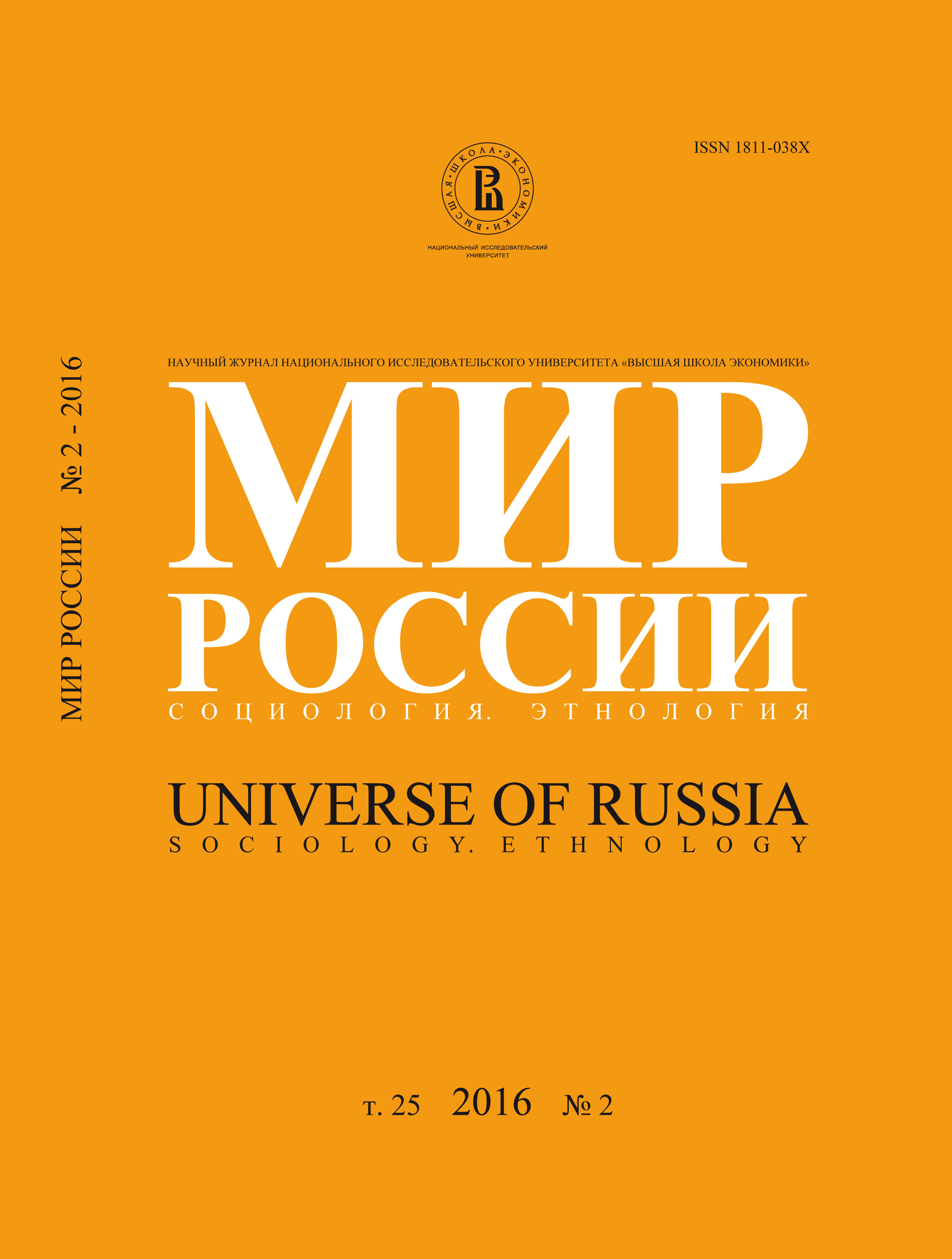Конечный эффект мер демографической политики 1980-х в России
Аннотация
Андреев Евгений Михайлович — ведущий научный сотрудник, Центр демографических исследований, РЭШ. Адрес: 143025, Москва, Сколково, ул. Новая, д. 100а; ведущий научный сотрудник, Институт демографии, НИУ ВШЭ. Адрес: 109028, Москва, Большой Трехсвятительский пер., д. 3. E-mail: evand2009@yandex.ru
Успехи и неудачи демографической политики невозможно изучать без анализа процессов в реальных поколениях. Только такой подход дает ответ на вопрос об изменении числа детей у женщины или шансов человека прожить тот или иной интервал возрастов. И поскольку достоверно проанализировать процессы в реальных поколениях можно спустя лишь 20–30 лет после воздействия на их течение, в настоящий момент обнаружилась возможность дать оценку конечному эффекту мер демографической политики 1980-х годов. Мы считаем, что такой анализ позволит точнее оценить и вероятный результат мер политики населения, проводимой после 2005 года.
Проделанный анализ основан на данных российской статистики рождаемости и смертности за период с 1946 по 2013 год, официальных оценках возрастно-полового состава населения за 1959–2014 гг. и авторских расчетах состава населения за 1946–1958 годов. На этой основе мы рассчитали возрастные коэффициенты рождаемости, коэффициенты смертности по полу и возрасту и коэффициенты по причинам смерти для реальных поколений. Эти данные были использованы для анализа числа рождений и дожития в зависимости от года рождения поколений.
Мгновенный эффект политики 1980-х годов выглядел весьма впечатляющим: в 1987 г. были зафиксированы самые высокие уровни рождаемости и продолжительности жизни после середины 1960-х годов. Некоторые положительные следы можно обнаружить в рождаемости и смертности реальных поколений, но они не идут ни в какое сравнение с мгновенным эффектом. Мы также сравниваем меры современной демографической политики с мерами 1980-х годов, чтобы оценить их возможный результат.






